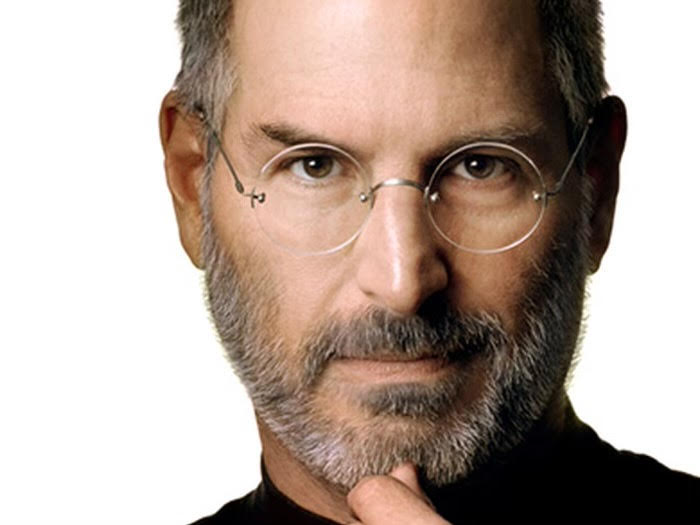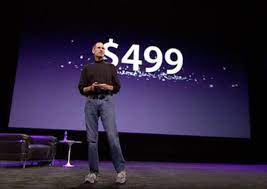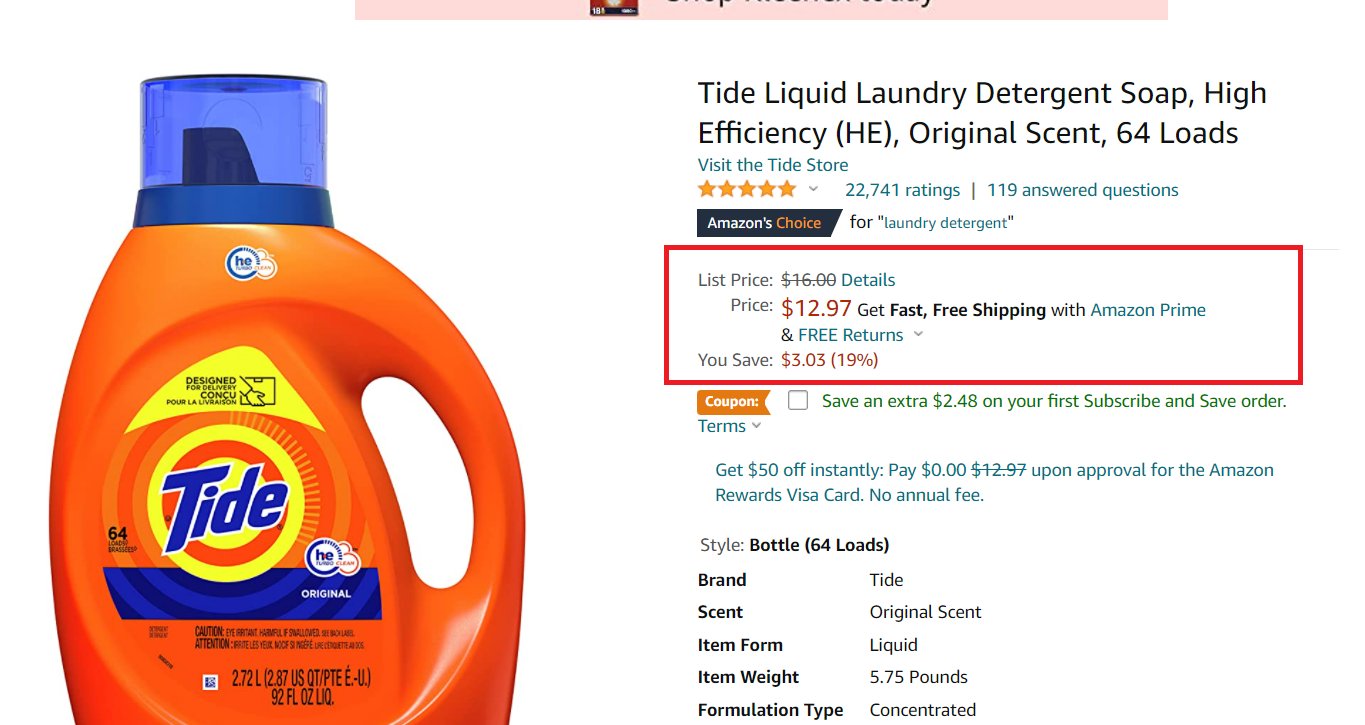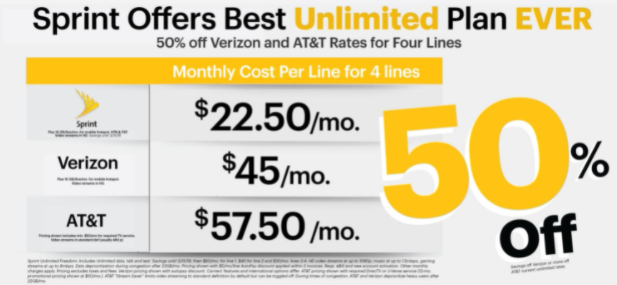Thread by Barrett O'Neill
- Tweet
- Mar 27, 2022
- #ProductManagement
Thread
Steve Jobs used this pricing strategy to sell 40 million iPads:
Price Anchoring.
What it is & how to use it: 🧵
Price Anchoring.
What it is & how to use it: 🧵
Our brains are responsible for thousands of decisions daily.
We can't possibly consider every angle of each choice we're faced with.
To combat indecision, the brain uses "heuristics" or mental short cuts based on previous experience.
We can't possibly consider every angle of each choice we're faced with.
To combat indecision, the brain uses "heuristics" or mental short cuts based on previous experience.
Heuristics allow for highly accurate & instant decisioning.
But like any short cut, there is risk. Sometimes there are holes in the logic.
Holes that make us susceptible to irrational decisions -- like accepting a price without objection.
But like any short cut, there is risk. Sometimes there are holes in the logic.
Holes that make us susceptible to irrational decisions -- like accepting a price without objection.
Price anchoring is a loophole caused by heuristics.
It's the psychological bias to overemphasize the first piece of information (or price) presented to us.
This strongly influences how we perceive additional information.
Companies use this to boost profits & sales.
It's the psychological bias to overemphasize the first piece of information (or price) presented to us.
This strongly influences how we perceive additional information.
Companies use this to boost profits & sales.
In 2010, Jobs was unveiling the iPad in one of his legendary product launches.
While on stage passionately discussing scrolling experience & WiFi capabilities...
He was setting a price anchor.
The massive screen behind him displayed $999 (the assumed price of the iPad).
While on stage passionately discussing scrolling experience & WiFi capabilities...
He was setting a price anchor.
The massive screen behind him displayed $999 (the assumed price of the iPad).
After a dramatic pause, Jobs had one more announcement.
Apple had "exceeded product cost" expectations and will price the iPad at...
$499
The crowd *literally* begins screaming & clapping -- safe to say everyone there (plus 40M others) bought an iPad.
Apple had "exceeded product cost" expectations and will price the iPad at...
$499
The crowd *literally* begins screaming & clapping -- safe to say everyone there (plus 40M others) bought an iPad.
Anchored to $999 as the only reference point for value, consumers see $499 as a great deal.
A rational mind would try to understand material & labor costs, or utility to determine value.
Considering thousands of data points to make a decision requires too much mental energy.
A rational mind would try to understand material & labor costs, or utility to determine value.
Considering thousands of data points to make a decision requires too much mental energy.
So instead of agonizing over every detail, the brain uses a short cut.
And the value is the spread between the anchor and the actual price paid.
In this case, $500.
And the value is the spread between the anchor and the actual price paid.
In this case, $500.
The weird part about anchors?
Even non-price numbers can influence buying decisions in a big way.
Numbers have a spell-like power over the brain.
At MIT, Dan Ariely (Duke PhD), ran this experiment:
Students wrote down the last two digits of their social security number.
Even non-price numbers can influence buying decisions in a big way.
Numbers have a spell-like power over the brain.
At MIT, Dan Ariely (Duke PhD), ran this experiment:
Students wrote down the last two digits of their social security number.
Shortly after, they were asked to state the price they would pay for a bottle of wine.
The results were staggering.
Students with higher ending SSN digits would pay up to 400% more for the same wine.
Even arbitrary numbers change buying behavior drastically.
The results were staggering.
Students with higher ending SSN digits would pay up to 400% more for the same wine.
Even arbitrary numbers change buying behavior drastically.
Companies have invested time & money into understanding behavioral economics to enhance profits.
Price anchors are widely used because they are notoriously hard to evade because of their deep hold in the human psyche.
Here's a few more examples:
⬇️ ⬇️ ⬇️
Price anchors are widely used because they are notoriously hard to evade because of their deep hold in the human psyche.
Here's a few more examples:
⬇️ ⬇️ ⬇️
One of the most recognizable is Amazon's "strikethrough" price.
On nearly every product, they show:
1. High Price (struck through)
2. New, Lower Price
3. Savings Amount
With every purchase customers can see the value they're getting right in front of them.
Brilliant!
On nearly every product, they show:
1. High Price (struck through)
2. New, Lower Price
3. Savings Amount
With every purchase customers can see the value they're getting right in front of them.
Brilliant!
Another type is a "Competitor Anchor. "
The goal is to anchor the consumer to your top selling point -
In this case, getting your consumer to prioritize price over data/coverage in their decision making.
The goal is to anchor the consumer to your top selling point -
In this case, getting your consumer to prioritize price over data/coverage in their decision making.
But price anchors aren't reserved for Fortune 500s.
Your SMB or Startup can boost profits & sales by using this behavioral science technique.
In addition to the the strategies above...
Here's 2 more:
Your SMB or Startup can boost profits & sales by using this behavioral science technique.
In addition to the the strategies above...
Here's 2 more:
1. Understand customer anchors:
Unless you've created a new product category (unlikely), then your customers already have an anchor.
Craft your offer relative to their existing anchor to create more perceived value for your product.
Unless you've created a new product category (unlikely), then your customers already have an anchor.
Craft your offer relative to their existing anchor to create more perceived value for your product.
2. Highest option first:
Consider presenting your highest priced option first -- it will serve as the anchor.
If you lead with your lowest priced option, it becomes tough to create perceived value with your higher priced option.
Start high, then come down (if needed).
Consider presenting your highest priced option first -- it will serve as the anchor.
If you lead with your lowest priced option, it becomes tough to create perceived value with your higher priced option.
Start high, then come down (if needed).
Lastly, as a consumer how can we avoid being subjected to price anchors?
1. Don't negotiate against yourself
Undoubtedly, anchors are powerful, but as time passes the effect fades.
Realize it's best to walk away and re-engage once the rational mind is in control.
1. Don't negotiate against yourself
Undoubtedly, anchors are powerful, but as time passes the effect fades.
Realize it's best to walk away and re-engage once the rational mind is in control.
2. The seller cannot be the reference
Anchor pricing garners power from the reference point you were provided.
Usually the SALESMAN is the one setting the anchor.
You need an unbiased reference point to make a rational decision.
Find another anchor.
Anchor pricing garners power from the reference point you were provided.
Usually the SALESMAN is the one setting the anchor.
You need an unbiased reference point to make a rational decision.
Find another anchor.
The human mind is Mother Nature's super computer.
But sometimes the rational/logical mind is easily tripped up.
Understand how holes in logic are formed and adjust offers accordingly.
Then you'll be doing business like the best.
But sometimes the rational/logical mind is easily tripped up.
Understand how holes in logic are formed and adjust offers accordingly.
Then you'll be doing business like the best.
For more on anchor pricing check out...
Predictably Irrational by Dan Ariely
Thinking Fast, And Slow by Kahneman & Tversky
Predictably Irrational by Dan Ariely
Thinking Fast, And Slow by Kahneman & Tversky
If you enjoyed this...
Follow me @barrettjoneill for tactical business & growth content.
Please RT so others can can understand anchor pricing and it's power.
Follow me @barrettjoneill for tactical business & growth content.
Please RT so others can can understand anchor pricing and it's power.
If you enjoyed this thread…then you’ll love this one.




